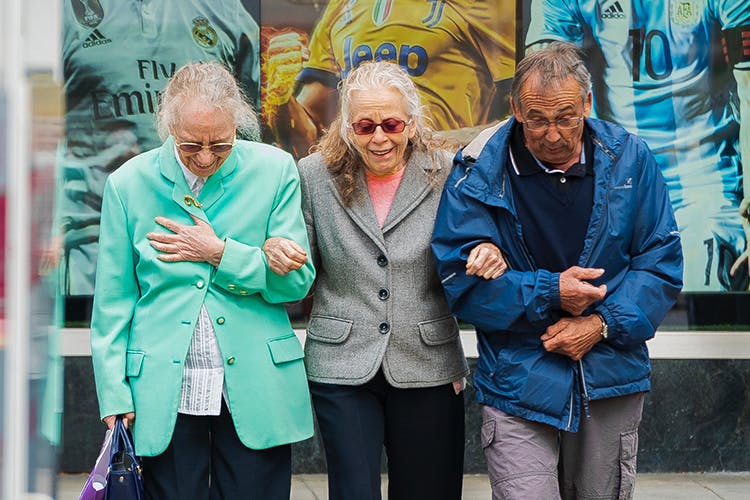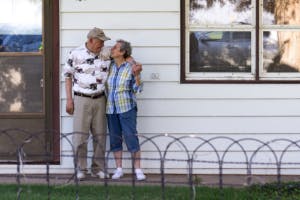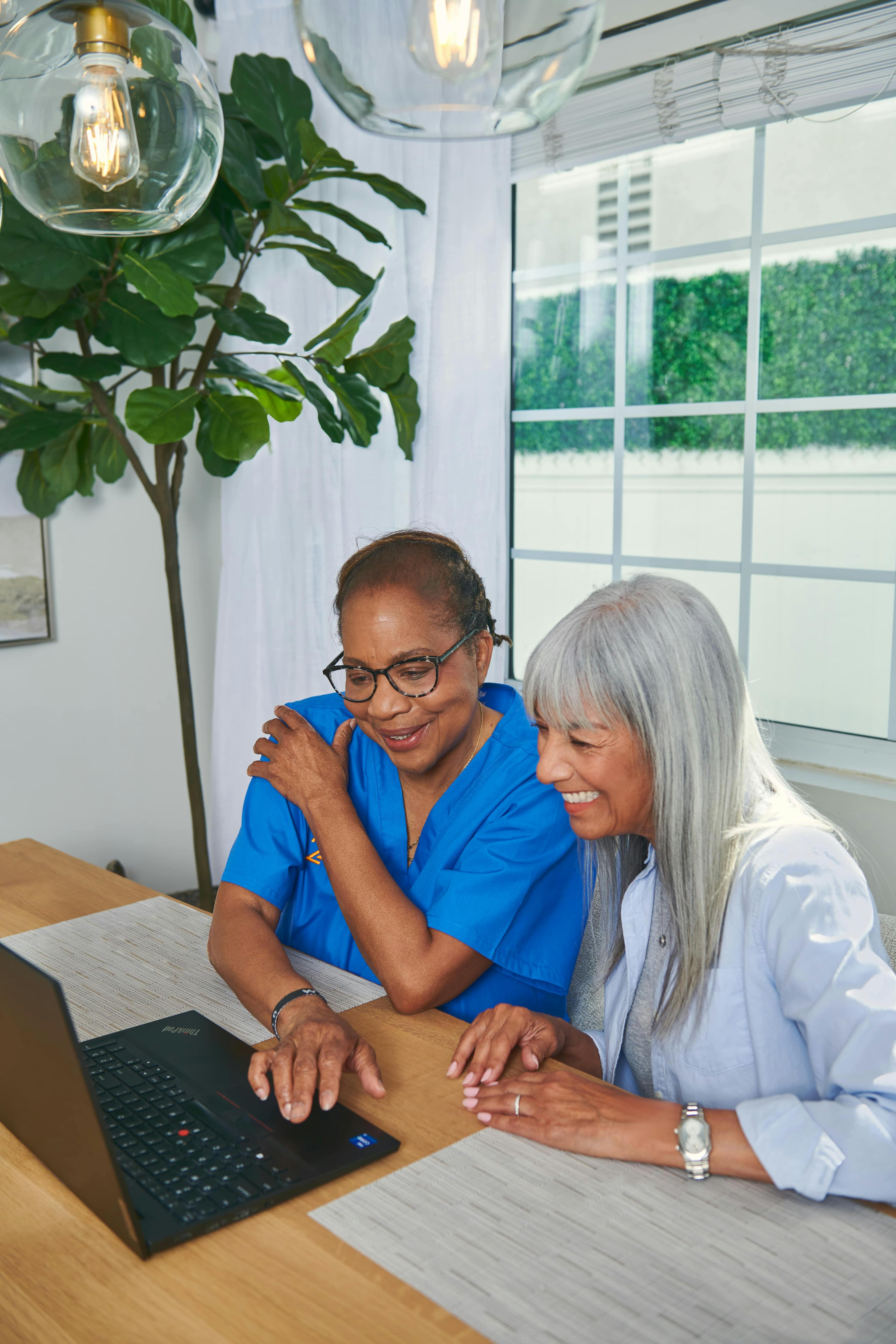Are You Wearing Safe Articles of Clothing?
Fall proofing an elderly individuals’ home can help prevent a fall that can lead to a broken bone or a treacherous injury. Moving …

Fall proofing an elderly individuals’ home can help prevent a fall that can lead to a broken bone or a treacherous injury.
Moving rugs, creating a clear walking path and installing hand rails are all ways to mitigate falls and reduce the risk of injury, but did you know that you could be missing a huge piece of protection? Your clothing may be putting you at risk for a fall and injuries and may reduce home safety.
Which Articles of Clothing Are Safe vs. Unsafe?
Unsafe articles of clothing can vary depending on the needs of an elderly individual. As a rule of thumb, tight and constricting clothing is unsafe for seniors, as they need as much blood flow in their body as possible. However, diagnosis specific needs will vary depending on the severity and the diagnosis of the senior.

For example, for seniors that suffer with arthritis or people with disabilities, it can be challenging to properly use ties, bows and clasps. Instead, seniors with arthritis are encouraged to buy clothes that have Velcro or easy buttons. This will allow them to put on their clothes without struggling and without hurting themselves. In addition, seniors that have a hard time raising their arms may have a hard time putting on tops that require them to put the top on over their head. Everyone will have a specific type of needs that will depend on their health, their diagnosis and their personal preference.
Safe clothing will also highly depend on the weather or season. For example, if it is in the middle of the summer and temperatures are close to 100°, lightweight clothing will be much more safe than thick articles of clothing. When temperatures drop during winter, elderly individuals will be more sensitive to cold and therefore require warmer articles of clothing. To be as safe as possible, it is important to remember that elderly individuals are sensitive to the climate and should dress according to the weather they will experience during their day.
It is also important to remember that everyone, no matter what age, will be sensitive to certain materials of clothing. Instead of buying wool clothing, opt for something thick but soft during the winter months. During the summer, sweating against rough materials such as polyester, rayon or nylon can cause rashes or skin irritations. Speaking directly to the senior and home care caregiver about their fabric sensitivities can help rule out any clothing that will irritate them in the long run.
Adaptive clothing is defined as clothing that is designed with seniors needs and preferences in mind. These articles of clothing are comfortable, affordable and easy to wear. Adaptive clothing is designed with diagnoses in mind, such as comfortable clothing for wheelchair bound individuals or special socks and slippers for diabetic seniors. Adaptive clothing will allow the senior to wear comfortable clothing that they feel good in, rather than clothing that makes them feel uneasy, tense or anxious.
Improper clothing can cause an elderly individual to not only feel restricted and tense, but can cause them to react physically, such as falling or getting rashes from itchy clothing, decreasing elderly safety.
It is a good idea to take precautionary measures from head to toe, including the type of shoes being worn. To maintain a safe and healthy atmosphere for seniors, encourage them to purchase safe and comfortable shoes. After all, there is no such thing as being too careful!
